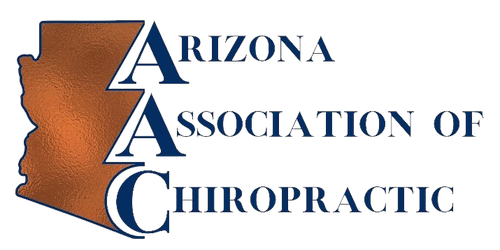Complete Story
10/29/2025
Student Loan Update: Following Lawsuit, Trump Administration Agrees to Deliver Student Loan Relief
Agreement Will Also Ensure That Borrowers Eligible to Have Loans Canceled in 2025 Are Not Hit with Huge Tax Bill After Forgiveness
|
In October, the Trump administration and American Federation of Teachers (AFT) filed a joint status report in federal court agreeing to a series of actions affecting millions of Americans holding student loan debt. The agreement, the result of a lawsuit filed by AFT against the U.S. Department of Education (DOE), will protect borrowers enrolled in income-driven repayment (IDR) plans and deliver student debt relief to borrowers making payments under those plans for decades, as required by federal law. The administration also agreed to ensure that borrowers who are eligible to have their loans canceled in 2025 don’t get stuck with a large tax bill as a result of loan forgiveness. This agreement represents a major policy shift for the Trump administration, which had earlier this year paused student debt relief through federal income-driven repayment programs. Forgiveness Resumes for Many Borrowers It could take a few weeks for all borrowers to receive notice of their loans being discharged, due to the ongoing federal shutdown, as approximately 95 percent of DOE employees are currently furloughed. Income-Based Repayment Plan: Under the agreement, approved by the federal court on October 23, 2025, the Department of Education will continue processing loan cancellations for borrowers who are eligible for cancellations under the Income-Based Repayment (“IBR”) plan. This summer, DOE had paused IBR loan forgiveness for these borrowers. AFT argued in their lawsuit that the pause was in violation of federal law. IBR plans are income-driven repayment plans with monthly payments that are generally equal to 15% of the borrower’s discretionary income, divided by 12 (10% if the loan originated after July 1, 2014). Under an IBR plan, any remaining loan balance may be forgiven if the loan is not fully repaid at the end of the repayment period (20 years for loans first borrowed after July 1, 2014, and 25 years for loans originating prior to July 1, 2014). ICR and PAYE Repayment Plans: Under the agreement, DOE agrees to continue processing loan cancellations for borrowers who are eligible for cancellation under the Original Income-Contingent Repayment (“ICR”) and Pay As You Earn (“PAYE”) plans, “as long as these plans remain in effect.” Under the “One Big Beautiful Bill,” these plans are scheduled to be phased out by July 1, 2028. DOE had previously halted loan forgiveness under these plans. Original Income-Contingent Repayment Plans are income-driven repayment plans with monthly payments that are generally equal to 20% of the borrower’s discretionary income, divided by 12, with a repayment period of 25 years. Pay As You Earn Plans are income-driven repayment plans with monthly payments that are generally equal to 10% of the borrower’s discretionary income, divided by 12, with a repayment period of 20 years. For more information on these plans, including eligibility , see the Federal Student Aid Income-Driven Repayment Plans webpage and Loan Simulator. SAVE Plan Forgiveness Still Blocked Borrowers currently on the SAVE plan who want to pursue loan forgiveness should switch to IBR, ICR, or PAYE. Tax Ramifications of Loan Forgiveness Federal tax relief for cancelled debt officially expires at the end of 2025. Beginning in 2026, loan forgiveness under Income-Driven Repayment plans returns to being taxable. Moving Forward: RAP and Modified IBR Plan As mentioned above, the ICR and PAYE plans will be phased out by July 1, 2028. SAVE plans will also be phased out by that date. A modified Income-Based Reimbursement plan, with repayments capped at an amount equivalent to the Standard Repayment Plan with a 10-year repayment period, will be rolled out. RAP: DOE will also be introducing the Repayment Assistance Plan (RAP), a new plan that will have an interest and principal subsidy that prevents the loan balance from growing if all interest is not covered, with a 30-year repayment term before the borrower can qualify for forgiveness. Sources |

